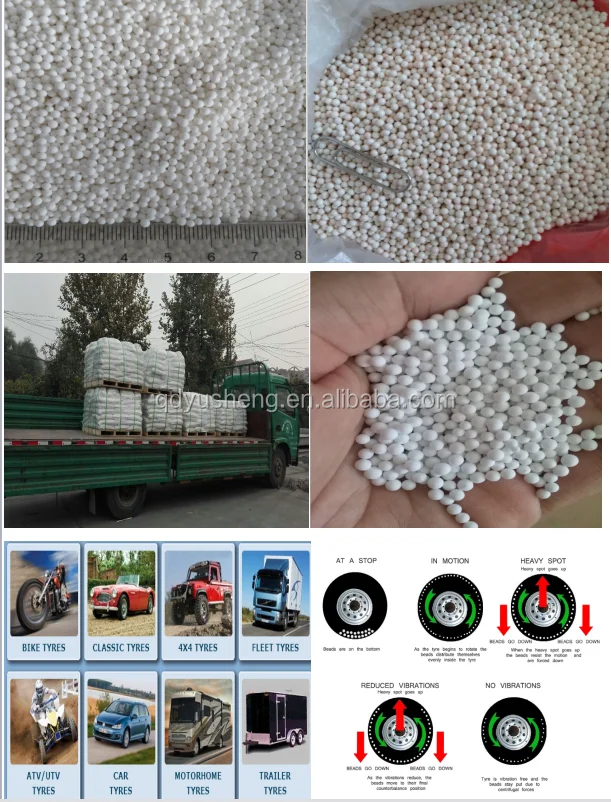Owners of fleets and other heavy lines know how vital tire balancing is and all the fantastic benefits that come with it. With adequately balanced tires, vehicles have better performance, run under cooler temperatures, experience fuel efficiency, less tire-tread wear, among many other things. However, you may ask yourself, “what’s the right amount of weight for tire balancing?”
To answer this, you should consider first what type of balancing method you use. Balancing beads have turned out to be the preferred option for fleets owners due to their countless benefits. Let’s dive in and discover more.
A unique tire balancing method is out in the market, going above and beyond conventional balancing methods. Balancing beads have turned out to be a game-changer in the world of tire balancing since it’s highly convenient, affordable, and faster to perform. It incurs greater vehicle performance while on the road or even at a stop.
Other benefits of balancing beads include:
Such a question is an essential part of the balancing process. There are tire balancing beads charts that specify the right amount of weight to put into a tire depending on the size of the rim and the tire.
The same amount of beads per tire won’t have the same effect on all tire sizes. For the balancing beads to work appropriately, the adequate amount of weight must be applied according to the tires’ specifications.
For example, light trucks weighing around 6,000 lbs or less with a rim size of 14 require 4 oz of weight in balancing beads. Heavy-duty trucks and buses weighing 26,001 to 33,000 lbs with a rim size of 19.5 need 8 oz to 14 oz of weight depending on the size of the tire.
At ABC Balancing Beads, we possess this unique memory technology found nowhere else in the marketplace. We’re the best tire balancing method for fleet owners. Our beads will help you reduce maintenance costs, extend your tires’ life, and improve fuel efficiency.
We have built a very detailed tire balancing beads chart that’ll help you know the ideal weight for your tires when it comes to tire balancing. Check our application chart for proper tire balancing. If you don’t find your tire size, contact us. We’ll be more than glad to assist you.
REACH OUT TO US NOW
You may not have heard of them, but tire balancing beads are nothing new when it comes to finding economic and efficient ways to balance tires. They may not yet be as mainstream as taking your vehicle into the shop to balance your tires with weights, but they are well on their way.
They may not yet be as mainstream as taking your vehicle into the shop to balance your tires with weights, but they are well on their way.
Let’s learn more about tire balancing beads and see how they work.
Tire balancing beads are tiny beads that internally balance tires. You can find ceramic, glass, or a combination of both materials in them, with the better of those being ceramic. The glass beads can break down more easily, possibly causing damage to the tire’s inner lining. When used properly, these miraculous little tools will give your vehicle a smooth ride.
These are ceramic tire balancing beadsWhile balancing beads can be free inside the tire, they can also be contained in a special ring. A company called Centramatic designed a unique product that works with the same principle as balancing beads, but it is much easier to use and install.
This is a Centramatic tire balancing ringThese are special rings designed for your vehicle’s hub and sit behind the tire.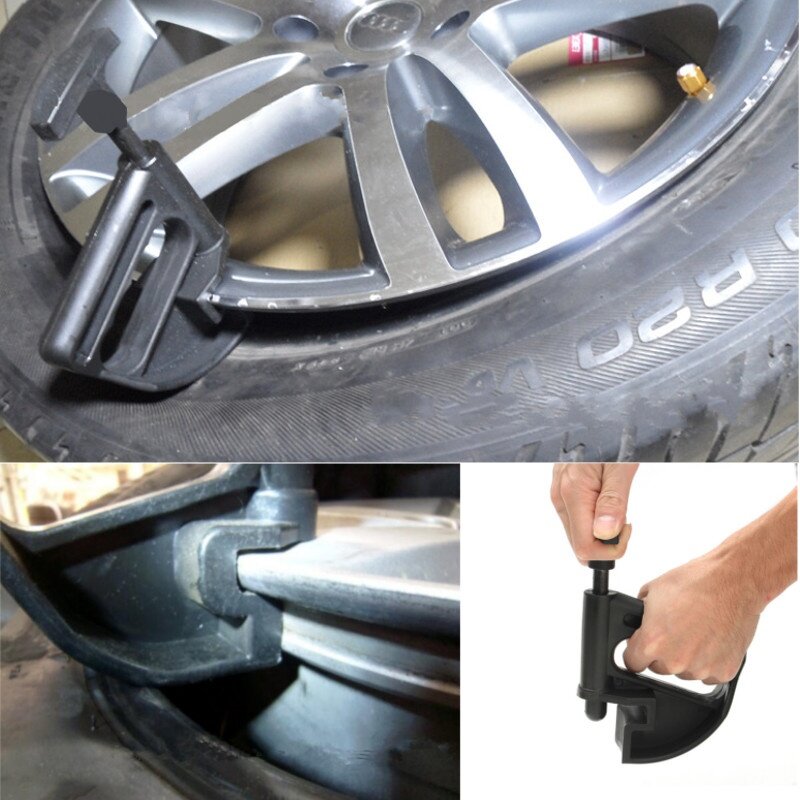 Inside the ring is a set of beads that rotate around and spin out to the location where the tire is least balanced. They don’t do anything at low speeds but as speed increases the balancers go to work. We personally run these on our overland truck tires and they work great to provide a very smooth ride on the massive tires.
Inside the ring is a set of beads that rotate around and spin out to the location where the tire is least balanced. They don’t do anything at low speeds but as speed increases the balancers go to work. We personally run these on our overland truck tires and they work great to provide a very smooth ride on the massive tires.
How we balance military tires on a truck
Watch this video on YouTube
Basically, the beads spread themselves around the tire as the speed and vibrations increase. The upward and downward motions position the beads, keeping the wheel planted on the ground. They help keep the tire balanced regardless of what your tire picks up along the road, like snow or mud.
➡ Should You Put Mud Flaps on Your Pickup Truck? If you spend a lot of time driving on muddy roads or if your tires kick up a lot of debris, the answer is probably yes.
When the heavy spot in the tire goes up, the beads resist this, which forces them downward.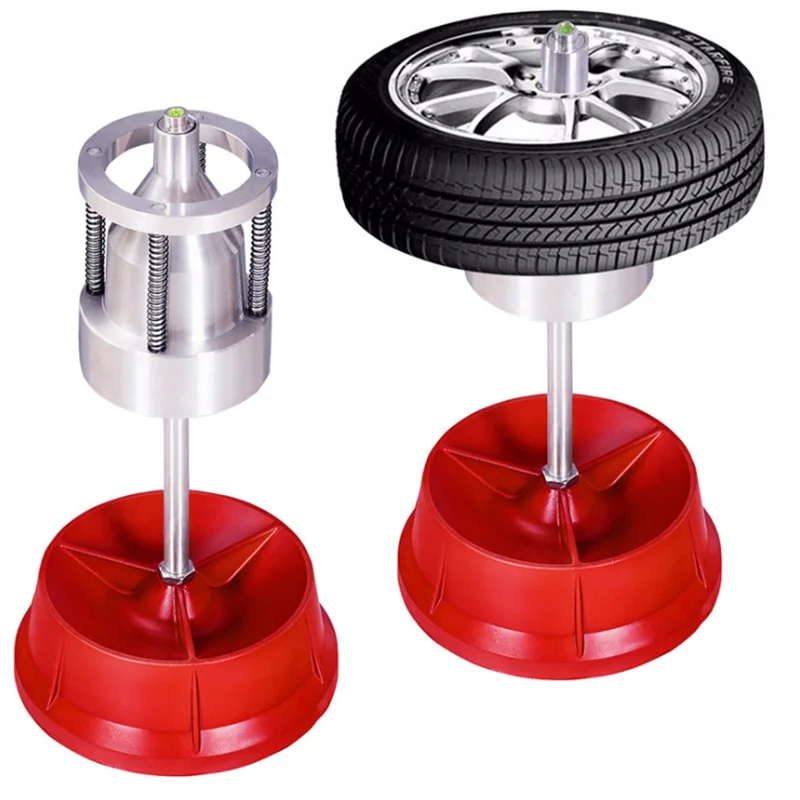 The ones that aren’t needed to create balance are distributed equally on both sides of the tire, while the ones that are needed are forced downward to balance the heavy spot in the tire. The beads will now stay fixed in their position, giving you a vibration-free and balanced ride.
The ones that aren’t needed to create balance are distributed equally on both sides of the tire, while the ones that are needed are forced downward to balance the heavy spot in the tire. The beads will now stay fixed in their position, giving you a vibration-free and balanced ride.
Camera INSIDE a tire with Counteract Balancing Beads
Watch this video on YouTube
Tire balancing beads offer a convenient and often cost-effective way to create balance throughout the entire vehicle. They adjust as needed to what your tires are driving on, keeping you balanced, comfortable, and confident in the knowledge that your tires will get you safely where you need to go.
They’re also easy to install and often take less time than traditional balancing methods. Tire balancing beads are becoming the norm, and people seek them out now more often than in the past.
Whether you’re driving on pavement, dirt, gravel, or snow, balancing beads will adjust to the road surface.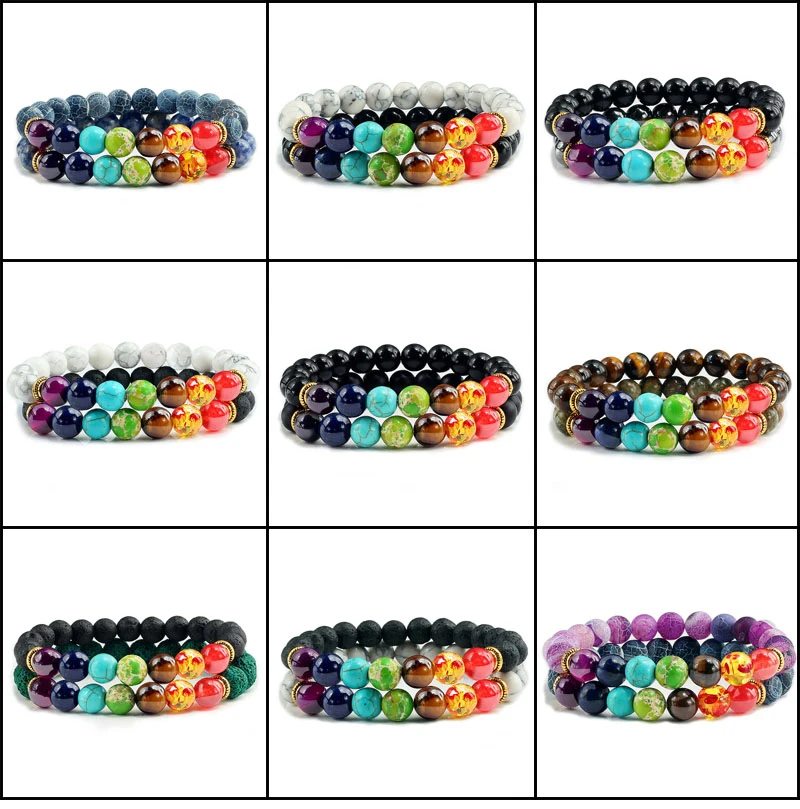
One of the biggest headaches has been getting the beads out of the tire when it comes time to replace tires. You can re-use the beads in the new tires. However, you’ll need to get the beads out without them hiding in the rim of the tire, which can cause damage. Depending on how much you spent on the beads, it may be worth it just to get new beads for the new tires.
Tire beads can be a mess when removing a tire.Other disadvantages lie in the physics of how the beads work. The beads don’t do their job without movement, so the initial acceleration can create a temporary imbalance. Speed bumps, braking, and speeding up can also cause a temporary imbalance.
The mass of the beads naturally sits at the farthest point from the rotation point. This means you need more force to speed up. Because of this, you may notice a small decrease in fuel efficiency, especially if you have larger tires.
The beads also need to be free to work properly so if you inflate and deflate regularly moisture will build up in your tire. This causes the beads to stick together and not work properly. The Centramatic option alleviates this problem by enclosing the beads in a sealed tube.
This causes the beads to stick together and not work properly. The Centramatic option alleviates this problem by enclosing the beads in a sealed tube.
Lead weights can fall off the tire. Since beads are inside the tire, this won’t be a problem. Because of how beads are made and how they work, they stabilize the entire axle, not just the tire, more than weights can.
Weights take more time to attach than tire beads, about 20 minutes more per wheel. When using beads, you don’t have to remove the tire. You can inject them through the air valve. Plus, weights can break down, which means you have to replace them. With tire balancing beads, you’ll only need to install them once.
Determining how many beads a tire needs for balance doesn’t have to be a complicated equation. While different size tires require different amounts of beads, a general guideline is to use one ounce of tire beads per 13 pounds of tire. But not all beads will work on all tires.
But not all beads will work on all tires.
To make it easier, many dealers and retailers have created specific calculators and charts. All you’ll need to know is the tire width, the aspect ratio/series, and the rim size. Many times they are segmented into bags and you place the entire bag pre-weighed in the tire.
These are pre-weighed bags of beads. The entire bag is inserted into the tire.It’s possible to have too many tire balancing beads in a tire, so be sure to follow your tire requirements. But what actually happens if you have too many? Ironically, having too many beads is almost like not having any at all in that it can cause an imbalance in the tire.
It’s easier to get too many balancing beads in a smaller tire than in a larger one. In a smaller tire, there’s not as much room for the beads to spread out evenly, and this could result in congestion in one spot, causing an imbalance because the beads can’t get to where they need to be. There’s more room for error in larger tires, so if you get too many beads in the tire, they won’t cause any problems.
There’s more room for error in larger tires, so if you get too many beads in the tire, they won’t cause any problems.
Think A One Ton Truck Is Big Enough? What Are The Differences And Why You Might Want A 550 or 5500?
Watch this video on YouTube
Just as the amount of tire balancing beads vary, so do the costs. The best way to assess the costs versus traditional tire balancing is to determine which avenue is best for you based on both costs and time. For traditional tire balancing services using weights added on at a shop, you can expect to pay anywhere from as little as $15 to upwards of $75.
Counteract 451-00216 Bag (Tire Balancing Beads, 16...
 ..
..For tire balancing beads, the cost will depend on tire size and the number of beads you need. You can spend anywhere from $5 to $20 per bag of beads. With larger tires, this cost could be more (with bags ranging anywhere in size from around four to 16 ounces). Take that amount times how many tires you have. It could be cheaper than weights and a service visit, or it could be more.
➡ In addition to balance, tires also need to maintain proper pressure. Check out our recommendations for The Best RV Tire Pressure Monitoring Systems.
For a traditional vehicle, most shops are used to using weights, and it’s usually best to stick with what they know. If, however, you’re running specialty or oversized tires, beads may be an easier and better solution. If you drive in mud and snow, beads or Centramatics are also a good option as they constantly balance as conditions change.
Using tire balancing beads may be a bit more efficient than the traditional method of bringing your vehicle in to get your tires balanced. Still, in the end, your decision has to make you feel confident and comfortable while on the road.
Still, in the end, your decision has to make you feel confident and comfortable while on the road.
Have you ever used tire balancing beads? Let us know in the comments below.
Join 10,000+ other adventurers to receive educating, entertaining, and inspiring articles about RV Travel Destinations, RV Gear, and Off-Grid Living to jump-start your adventures today!
Join Us Today!
About Mortons on the Move
Tom & Caitlin Morton of Mortons on the Move gave up the stationary life for one where they are constantly on the move. They are full-time travelers, television hosts, and digital media producers.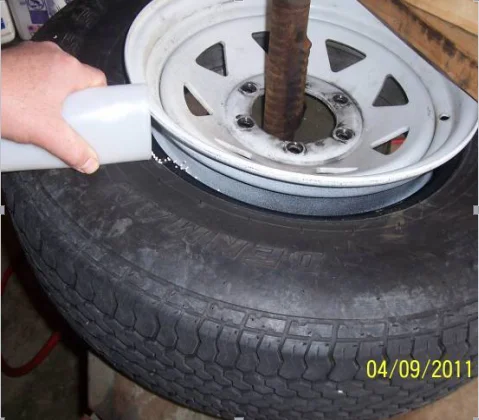 co and an Arizona travel guide. About Us
co and an Arizona travel guide. About UsSharing is caring!
How unnerving drivers are, the sudden vibration from the wheel. This can happen after hitting a hole, or in case of sticking to the inside of the disk: dirt, ice, bitumen. Now, car owners can avoid imbalance if they start using balancing balls. They are also called granules or beads for balancing. Thanks to the development of Western engineers at the turn of the 20th and 21st centuries, car enthusiasts around the world can visit tire shops less frequently.
Balancing pellets have a regular round shape design. The principle of operation of the balls is as follows, under the action of centrifugal force, the granules are distributed in places where the weight imbalance is greater. During the movement, the beads are affected by an electrostatic field, and under the influence of tribostatics, the granules seem to stick to the inner surface of the tire. The more balls in the rubber, the heavier their total mass, which makes it possible to eliminate even a strong imbalance of the wheel.
The more balls in the rubber, the heavier their total mass, which makes it possible to eliminate even a strong imbalance of the wheel.
The core of each granule is a component such as glass or ceramic. Outside, the core is covered with a shell of silicone material. The creators of automatic balancing were Canadian engineers from Counteract Balancing Beads Inc., from Ontario. It was they who obtained a patent for the invention in 1997. The developers presented the tire self-balancing technology based on glass microbeads. The granules had electrostatic features and a slippery silicone coating. Standard ball diameter 0.15-0.9mm. At present, the technology has not changed.
As the car moves, the beads rub against the inside of the tire, creating a tribostatic effect. The granules try to be evenly distributed over the inside of the tire. Beads accumulate in the place of greatest load and stick together. It remains in this position even after the vehicle has stopped. As a result, not only the rubber and the disc are balanced in motion, but the assembly that includes the brake disc with the hub. It will not work to balance the entire node on the machine. Therefore, granules, in this case, are much more effective.
It remains in this position even after the vehicle has stopped. As a result, not only the rubber and the disc are balanced in motion, but the assembly that includes the brake disc with the hub. It will not work to balance the entire node on the machine. Therefore, granules, in this case, are much more effective.
In order to place the balancing balls in the wheel, the spool must be unscrewed. Through the pumping fitting, it is necessary to pour the powder from the granules into the wheel. Also, the beads can be placed in the tire when flanging. Refer to the user manual for the charge volume. Then, the spool is screwed into place and the wheel is inflated.
The benefits of bead balancing are undeniable. Thanks to a dynamic process, the balance of the wheel is constantly being adjusted. For example, if ice has stuck to the inside of the disc after washing, then the granules will correct the imbalance. As soon as the ice thaws, the balls will again correct the correct rotation of the wheel, changing their location. Pros of using a microbead:
Pros of using a microbead:
Despite the positive effect of microbeads, there were also disadvantages in its use. However, the "fly in the ointment" is quite small. Firstly, the pellets are guaranteed to scatter when the wheel is unmounted. Collecting microbeads, in the presence of a waiting queue, is not very pleasant. Secondly, some of the balls will be lost when the tire breaks. But this already belongs to the category of rare situations. The main disadvantages of bead balancing:
 The approximate price is equal to several visits to the tire shop per year.
The approximate price is equal to several visits to the tire shop per year. The use of balancing pellets still brings more benefits than losses. Each car owner must decide for himself whether to use automatic balancing.
Canada is an industrial country. Its roads are criss-crossed by heavy vehicles. Therefore, automatic balancing was created primarily for trucks. That is, the development is addressed to large tires. But even after exceeding the speed limit of 110 km / h, the effect of the balancing granules disappears, this was noticed by the drivers of road trains. The effect of beads on passenger tires has not yet been fully explored.
If you have a strong desire to purchase balancing balls, you should take into account the operating conditions. As it became clear from the materials of the article, bumpy roads and private use of expressways can reduce the effect of automatic balancing to zero. But if you are a truck owner, then this type of technological innovation will most likely be useful.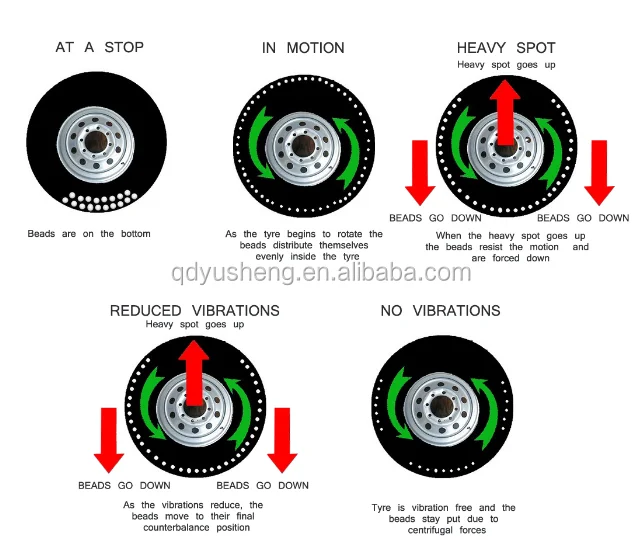
Wheel balancing with granules is an innovative way to balance the heavy points of tires with special microbeads without the use of stands or weights. Thanks to this method, it is possible to extend the life of the tire and reduce the load on the steering components.
Wheel balancing with granules allows you to balance all the rotating elements of the tire while the vehicle is moving. Thanks to this adjustment, the load on the chassis, fuel consumption and tire wear are reduced.
These are small round shaped proppants with a silicone shell. Their cores are made of refractory material. The diameter of the wheel balls is from 0.15-2 mm. They have a hard structure (7 out of 10 on the Mohs scale) and a porosity of less than 0.3%. The peculiarity of this composition guarantees the minimum abrasion of the granules and a long service life.
Bead powder made of glass and ceramics is used for balancing car wheels.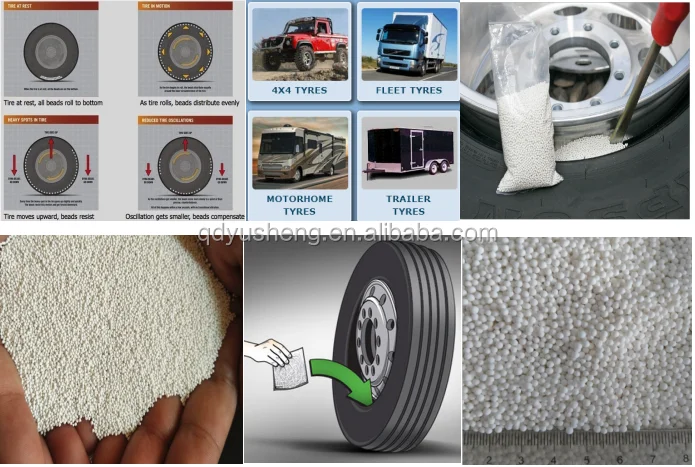 The first version of the proppant has poor water resistance.
The first version of the proppant has poor water resistance.
When worn, the beads form hydroscopic glass dust, which accumulates in lumps in certain areas of the tire, which can further increase the unbalance. Ceramic wheel balls do not have this drawback, but due to their high strength, they wear out the tire from the inside.
Beads are used to fill the interior of the car chamber. During the trip, the balls roll and are evenly distributed over the tire due to the action of centrifugal forces. Due to friction against the wall, the microbeads accumulate an electrostatic charge and stick together in places of maximum load, correcting the imbalance of the tire.
When the machine stops, the proppant will maintain its position. If the wheel runs into a pit, curb or any other obstacle at speed, the balls will peel off. So that they can balance the tire again, the driver needs to accelerate the car on a flat surface to 30-50 km / h.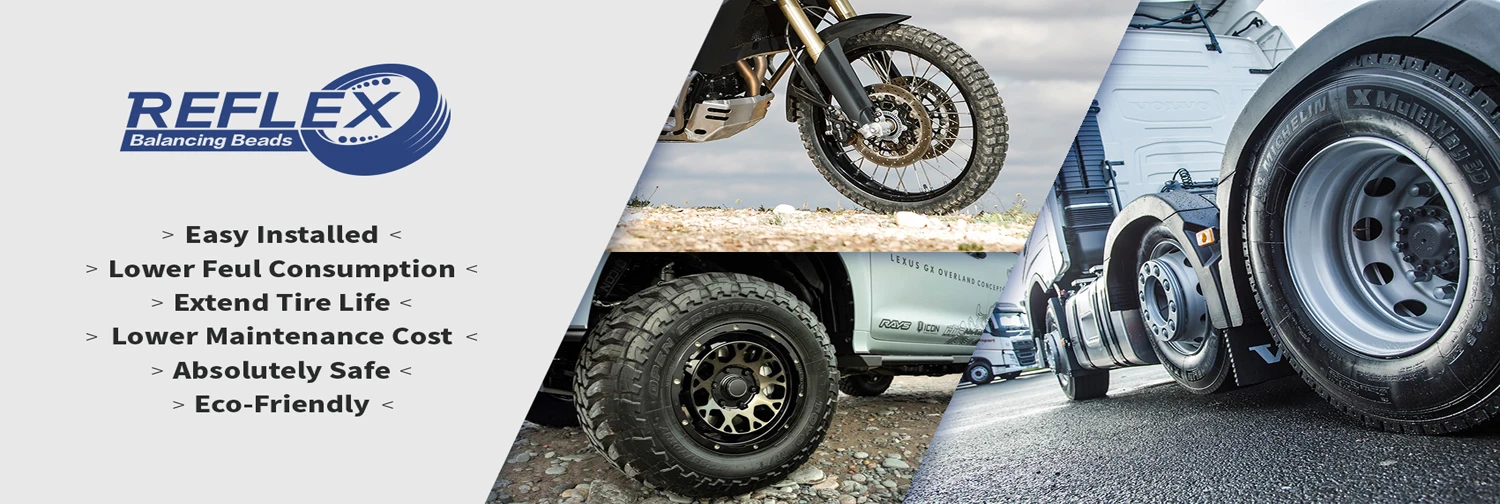
Balancing balls
Also, while the car is moving, the granules balance the brake disc and the hub by themselves. These nodes are difficult to calibrate on the machine or with the help of weights.
Automatic wheel balancing with balls will help you quickly solve many suspension and steering problems without contacting a service center.
The main advantages of the micro ball adjustment method:
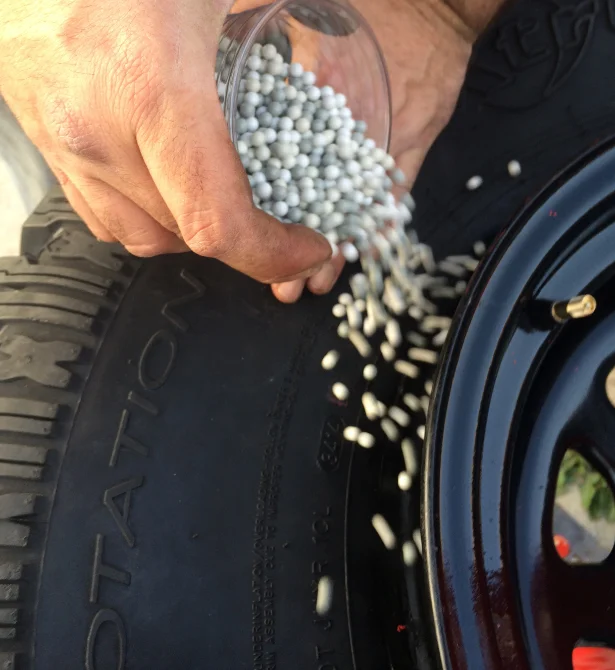
Disadvantages of the method:
Reviews about wheel balancing with balls for cars on the Internet are contradictory. Many users doubt any benefit of granules, while others, on the contrary, emphasize the benefits of beads.
Ball wheel balancing reviews
Most often, comments and video reviews are positive. For example, 1 car owner writes that after installing the bags, the wheels were well adjusted in terms of weight. When hitting a bump at a speed of 100 km / h, a beating appeared in the steering wheel. To eliminate the defect, the speed had to be reduced by 10 seconds.
To eliminate the defect, the speed had to be reduced by 10 seconds.
Balancing with granules - review
There are two ways to balance the mass of all elements of tires using microgranules:
In the first case, the package is placed inside the tire. In the future, when the wheel rotates, the bag is torn along the seam, and the granules are evenly distributed throughout the chamber.
Wheel balancing granules
In the second version, it is not necessary to remove the tires. Microballoons get inside the balloon using a pneumatic dispenser or a plastic bottle with a hose. You will need to unscrew the tire nipple and bleed the air. Then, insert a tube into the valve and pump the granules into the chamber.
See also: Repair of electric steering racks, replacement of the motor and sensor
Each wheel has its own filling volume.